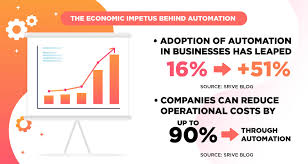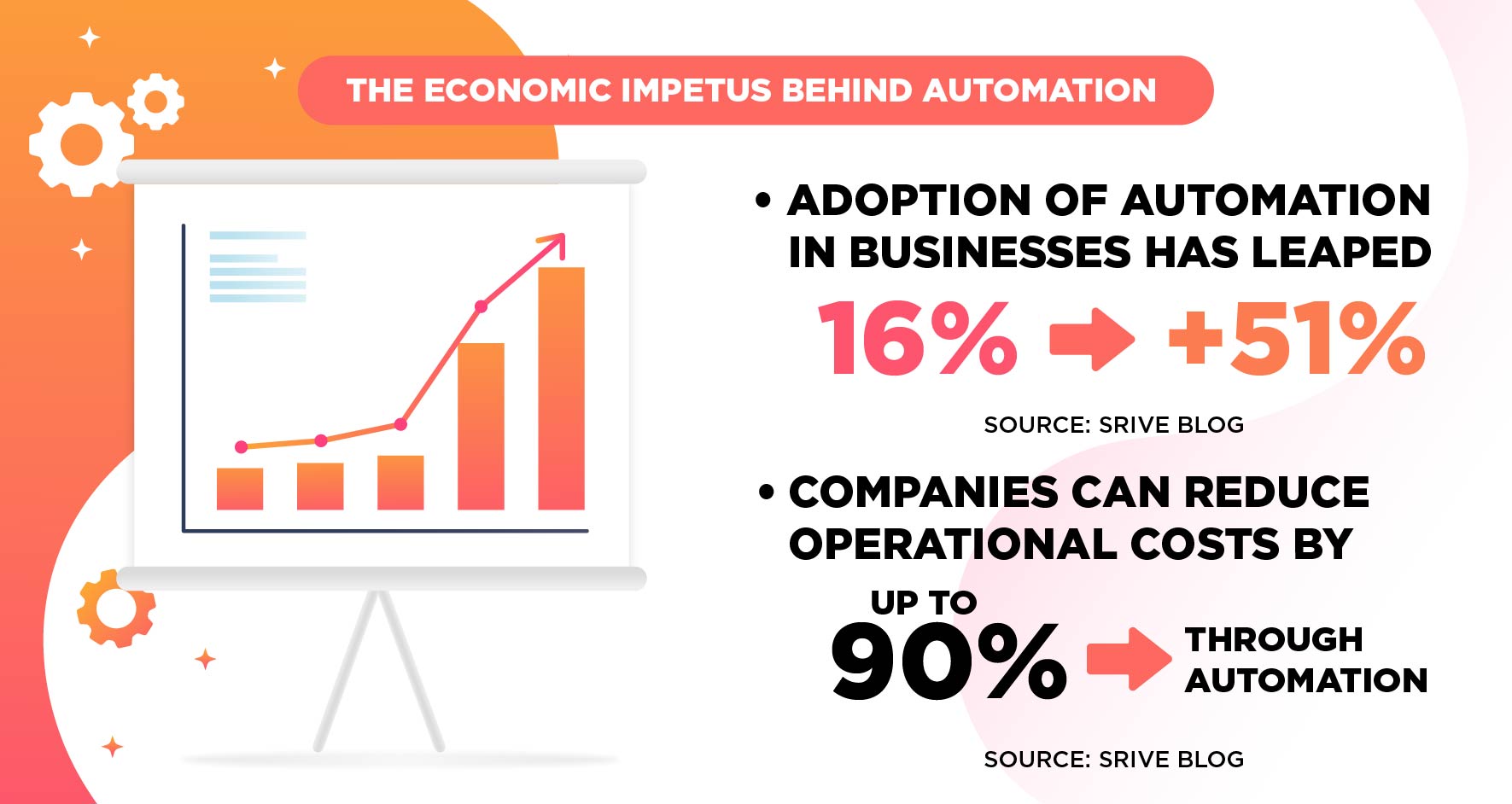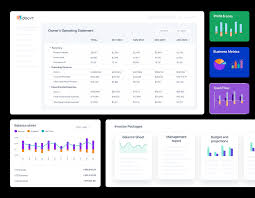Cost of Automation for Small Business: Is It Worth the Investment?


Cost of Automation for Small Business: Is It Worth the Investment?
Estimated reading time: 8 minutes
Key Takeaways
- Automation costs for small businesses can be significant but offer substantial savings and ROI.
- Initial investments include software, hardware, implementation, and training costs.
- Automation can save up to 40% on labor costs and reduce operational errors by 60%.
- Budget-friendly tools like Zapier and HubSpot CRM are accessible for small businesses.
- Returns often outweigh initial costs, with potential ROI of 200% or more within three years.
Table of contents
- Cost of Automation for Small Business: Is It Worth the Investment?
- Key Takeaways
- Understanding the Cost of Automation for Small Business
- How Much Does Automation Save?
- ROI of Small Business Automation
- Is Business Automation Worth It?
- Budget-Friendly Automation Tools
- Conclusion
- Frequently Asked Questions
Understanding the Cost of Automation for Small Business
In today’s fast-paced business environment, automation is no longer a luxury but a necessity for small businesses looking to stay competitive. The cost of automation for small business can be a significant investment, but the potential rewards are substantial. Business automation refers to the use of technology to perform tasks with minimal human intervention, allowing businesses to streamline operations, reduce errors, and save time. From accounting and marketing to customer service and inventory management, automation can be applied in various areas of a small business. This blog post will explore the costs, savings, ROI, and budget-friendly tools associated with automation, helping you determine if it’s worth the investment. [Link: https://infotican.com/benefits-of-automation-for-small-businesses]
Initial Costs
When considering the cost of automation for small business, it’s essential to break down the initial expenses involved. These include:
- Software Costs: Automation often requires purchasing software, which can be a one-time expense or a subscription model. For example, low-cost automation tools like Zapier and HubSpot CRM offer affordable solutions for small businesses.
- Hardware Costs: While some automation projects may require physical hardware, such as robots or IoT devices, many small businesses can achieve significant automation without investing in expensive equipment.
- Implementation Costs: Integrating automation tools into your business may involve customizations to fit your specific needs, which can add to the initial costs.
- Training Costs: Ensuring your staff is proficient with new automation tools is crucial for maximizing efficiency. Training programs or workshops may be necessary.
Ongoing Costs
Beyond the initial investment, there are ongoing expenses to consider:
- Maintenance Fees: Regular updates, technical support, and licensing fees are part of maintaining automation tools.
- Ongoing Employee Training: Continuous learning is essential as automation tools evolve, requiring employees to stay updated.
- Upgrades and Scalability: As your business grows, you may need to upgrade your automation tools, which can impact long-term costs.
According to a study by the Small Business Administration (SBA), automation trends are reshaping how small businesses operate, emphasizing the importance of understanding these costs. [Link: https://www.sba.gov]
How Much Does Automation Save?
Labour Cost Savings
Automation significantly reduces labor costs by handling repetitive tasks, such as email marketing campaigns and payroll processing. Businesses can save up to 40% on labor costs, as reported by Forbes. [Link: https://www.forbes.com]
Operations Efficiency
Automation not only speeds up processes but also reduces errors, as highlighted by Harvard Business Review, which found that automation can cut operational errors by up to 60%. [Link: https://hbr.org]
Opportunity Cost Savings
By automating routine tasks, employees are freed to focus on strategic initiatives, such as innovation and client relationship management, leading to long-term benefits.
Case Studies
Small businesses have reported reducing operational costs by 25% through automation, demonstrating its tangible benefits.
ROI of Small Business Automation
Calculating ROI
Return on Investment (ROI) is a key metric for evaluating automation’s effectiveness. The formula is:
ROI = (Net Profit / Total Investment) * 100
A step-by-step guide to calculating ROI involves identifying the initial investment, estimating time saved and cost reductions, calculating net profit, and applying the formula.
Short-Term vs. Long-Term ROI
While short-term ROI may be modest, long-term benefits often outweigh initial costs. McKinsey reports that businesses can achieve a 200% ROI within three years. [Link: https://www.mckinsey.com]
Case Studies
A small business achieved a 300% ROI by automating its customer service processes, showcasing automation’s transformative potential.
Is Business Automation Worth It?
Pros and Cons
Pros include improved efficiency, reduced errors, and cost savings. Cons involve high initial investment, implementation complexity, and potential job displacement.
When Is Automation Worth It?
Automation is ideal for businesses with repetitive tasks or those looking to scale without increasing labor costs.
According to Entrepreneur, automation is a good fit for small businesses under certain conditions. [Link: https://Entrepreneur.com]
Budget-Friendly Automation Tools
Defining “Budget-Friendly”
Budget-friendly tools offer affordability and effectiveness, often with limited features compared to premium options.
Recommended Tools
- Zapier: Automates app connections, like Gmail to Slack.
- Trello: Free plan for task management.
- Hootsuite: Affordable social media automation.
- Mailchimp: Free tier for email marketing.
- HubSpot CRM: Free for small businesses, with paid tiers for advanced features.
Comparison Table
| Tool | Pricing | Features | Suitability |
| Zapier | Low | App integration | High |
| Trello | Free | Task management | Moderate |
| Hootsuite | Low | Social media management | High |
| Mailchimp | Free | Email marketing | Moderate |
| HubSpot CRM | Free | Customer relationship management | High |
User Reviews
Small business owners have praised these tools for their effectiveness and affordability, highlighting their role in streamlining operations. [Link: https://infotican.com/best-tasks-to-automate-small-business]
Conclusion
In summary, while the cost of automation for small business can be significant, the potential for savings, ROI, and efficiency gains is substantial. By exploring budget-friendly tools and conducting a cost-benefit analysis, small businesses can determine if automation aligns with their goals. Start by trying one of the mentioned tools or consulting an automation specialist to see if automation is the right move for your business.
Frequently Asked Questions
What are the initial costs of automation for small businesses?
Initial costs include software, hardware, implementation, and training expenses. These can vary widely depending on the tools and scale of automation.
How much can automation save a small business?
Automation can save up to 40% on labor costs and reduce operational errors by up to 60%, as reported by Forbes and Harvard Business Review.
What is the ROI of automation for small businesses?
Returns often outweigh initial costs, with potential ROI of 200% or more within three years, according to McKinsey.
What are some budget-friendly automation tools for small businesses?
Tools like Zapier, Trello, Hootsuite, Mailchimp, and HubSpot CRM offer affordable solutions for small businesses.




